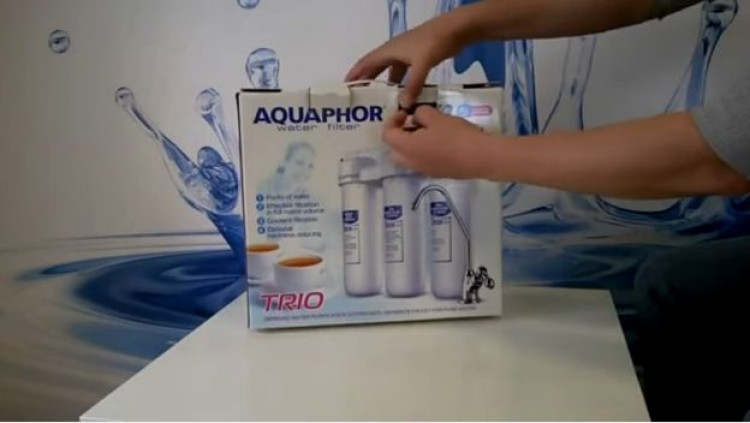

I do not want to make Chrome my default browser as I still use Safari for any browsing that does not involve my work email or my work’s ticketing system.I use Google Chrome for work as we have some customizer scripts that don’t work in Safari.I won’t document the whole thing here, but I thought one little nugget of duck-tape-fixing was worth of making my blog-post-of-the-year on my personal blog, so here it is. The big goal here is that since I spent most of my time in a text editor, I would like to be able to easily migrate myself to another platform supported by emacs with little need to adjust my habits (this has become an important requirement should I ever decide that Macs move too far away from the needs of users like me that I decide to switch back to FreeBSD or GNU/Linux). Fixing it was a very good learning experience that showed me how little I knew about how it actually worked!Īs part of that process, I transitioned from aquamacs (a great project to which I made a small donation at some point) to just plain emacs. Entry at the Emacs wiki focuses mostly on the many scripts and tweaks that can modify the default Dired's behavior.I recently broke my emacs (aquamacs) setup.Historically, shortly after emacs "dired" appeared in the TECO implementation, a stand-alone version was written. ^ "The Cracraft and Lijewski DIRED Programs".it is indisputable that both were inspired by an earlier stand-alone program running on Tenex available in the Stanford AI Lab (SAIL) in 1978. ^ SAILDART Username key for above Archived 3 September 2015 at the Wayback Machine.

Stanford Artificial Intelligence Laboratory DART (Dump and Restore Technique) Archive. These can also be saved again, often using the filename extension dired. By means of the Lisp package dired-x it is also possible to handle existing ls-like directory listings in a virtual Dired mode. Once marked, files can be operated on in various ways from deleting, to renaming, to executing an external shell command or elisp function on them. There are also functions that make it possible to rename multiple files via Emacs search and replace capabilities or apply regular expressions for marking (selecting) multiple files.

In combination with Tramp it is able to access remote file systems for editing files by means of SSH, FTP, telnet and many other protocols, as well as the capability of accessing local files as another user in the same session.

Several Emacs Lisp scripts have been developed to extend Dired in Emacs. The list can be navigated using standard navigation commands. When run in Emacs, dired displays an ls-like file listing in an Emacs buffer. It was incorporated into GNU Emacs from the earliest versions, and re-implemented in C and C++ on other operating systems. The first version of Dired was written as a stand-alone program independently in 1972 by Dave Lebling at Project MAC, and circa 1974 by Stan Kugell at the Stanford Artificial Intelligence Laboratory (SAIL). Dired was the first file manager, or visual editor of file system information. It typically runs inside the Emacs text editor as a specialized mode, though standalone versions have been written. Unix-like, Microsoft Windows, macOS, Emacsĭired (for Directory Editor) is a computer program for editing file system directories.


 0 kommentar(er)
0 kommentar(er)
